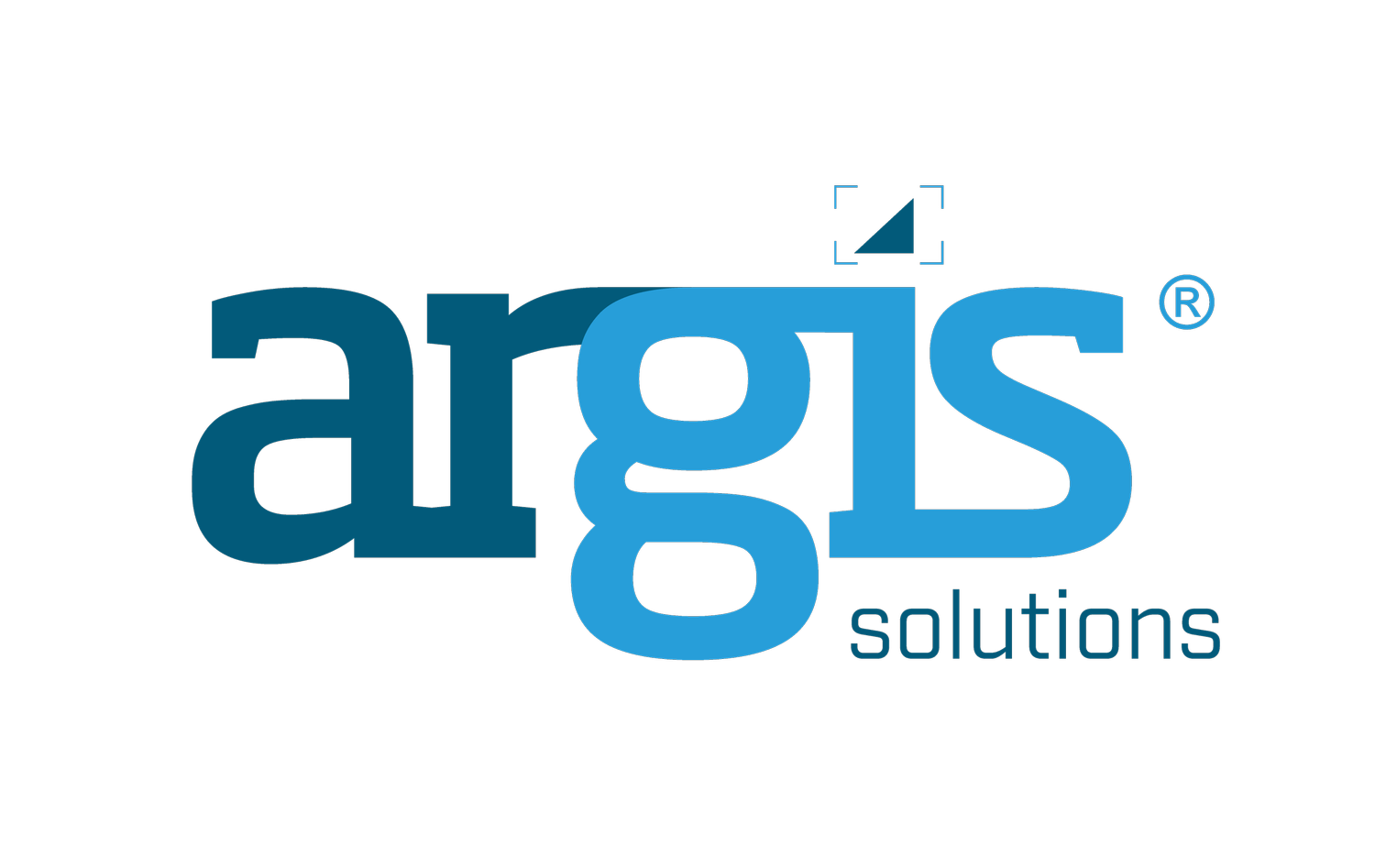Public Works Emergency Planning: 3 Ways to Plan Ahead with AR
Learn how our augmented reality visualizer, the Argis Lens, can be an effective tool in planning for the next natural disaster.
As the earth’s climate shifts to greater extremes, natural disasters have increased in frequency. Floods, hurricanes, bomb cyclones, and tornadoes, including the recent ones that devastated Missouri, are the worst-case weather lottery that no one wants to win. Public works emergency planning is vital and being well-prepared before disaster strikes can save lives and prevent millions of dollars in damage. Many municipalities and counties, like Roanoke County, VA, are shifting to public-facing apps to keep the public informed about potential issues related to extreme weather. Augmented reality paired with GIS data can be an effective tool in ensuring your municipality and citizens are prepared well in advance.
1. Quality-Check ArcGIS Data
Viewing ArcGIS data through our mobile AR visualizer provides the user immediate, real-world context. When ArcGIS data is downloaded to our mobile app, the Argis Lens, users can easily visualize underground infrastructure and various flood scenarios. Looking at a 2D map requires translating two-dimensional data into a three-dimensional world. With the 3D visualization capabilities of the Lens, the work of translation is done for you, giving a clear picture of how GIS data exists in reality. The Lens allows you to double-check your data and see discrepancies between it and the 3D world in which we live. Use the Lens to confirm your GIS data’s accuracy so that your municipality can respond to emergencies with more precision.
2. AR’s Utility in City Planning
Yearly flooding is a way of life for many communities in the United States. As weather events continue to break historic records, areas vulnerable to flooding have expanded. Utilize the Argis Lens as part of your building planning to visualize different flooding scenarios. See with your own eyes, in the field, how 3, 6, or 12 feet of floodwater interacts with the topography and elevation in your city and make city planning choices that can withstand historic weather events.
3. AR in the Aftermath
After a tornado, flood, or hurricane, visual landmarks can be obliterated and elevation altered. If you have proactively improved your GIS data’s quality with the Argis Lens, it can also help locate infrastructure that might otherwise be difficult to find because of terrain and landmark changes, for instance, a natural gas valve that needs to be closed to prevent a potential explosion, because natural disasters create scenarios where response time is of the essence. The Lens could also be used in assisting in determining the last known location of people or facilities that have been affected, especially when the physical landscape has been changed beyond recognition.
In the aftermath of extreme weather, a multitude of dangerous situations are created. Manhole covers can dislodge in flooding, endangering anyone nearby trying to maneuver through flood waters. The technology of the Lens can allow first responders to quickly determine where that danger might be present so that citizens can be warned to keep clear of the area.
Be Prepared with AR
“Expect the best, prepare for the worst.” Give yourself the advantage in public works emergency planning. Don’t be caught off guard. Harness the visualizing power of AR and see your data in a new way. Bring your GIS data to life with the Argis Lens.

